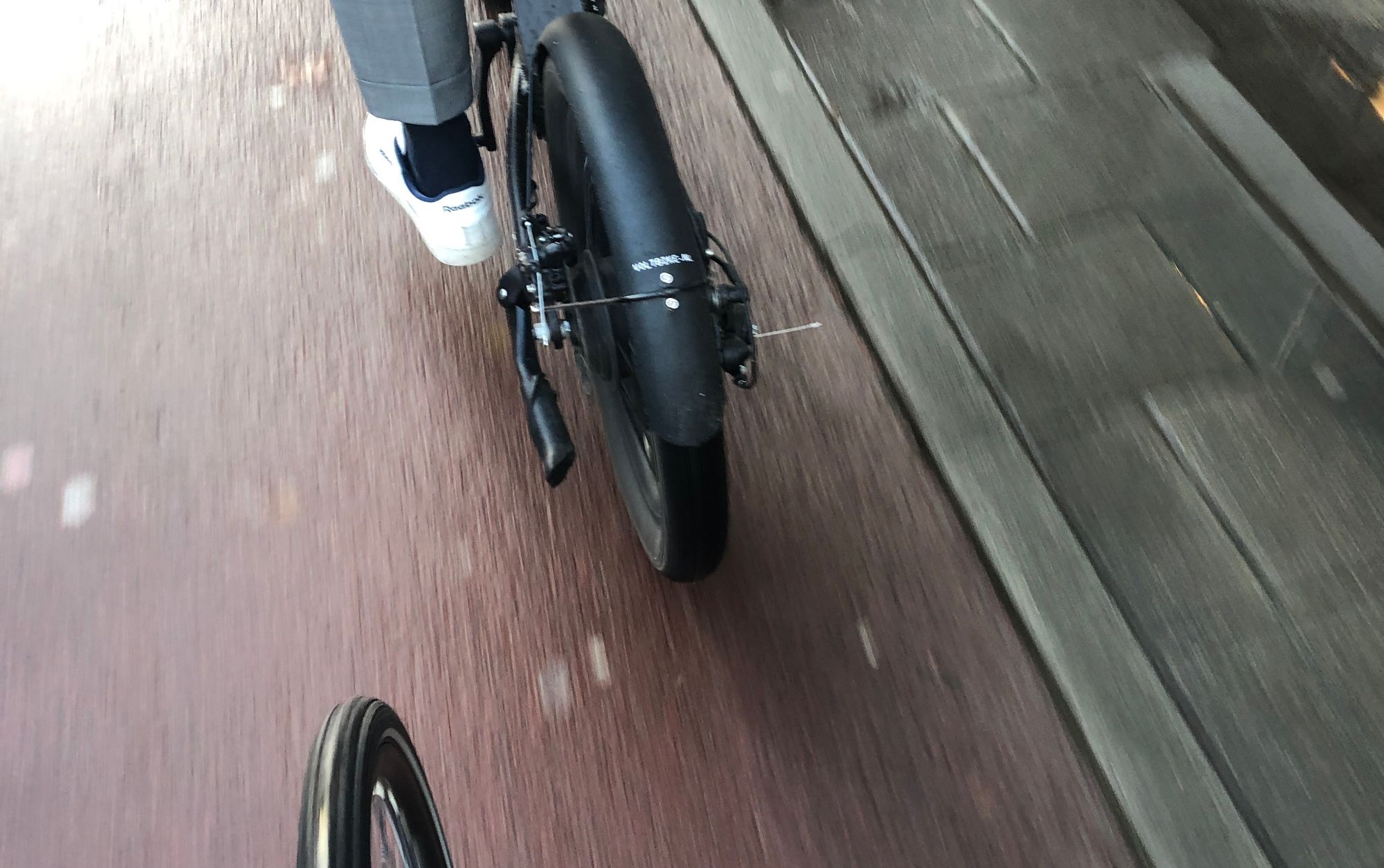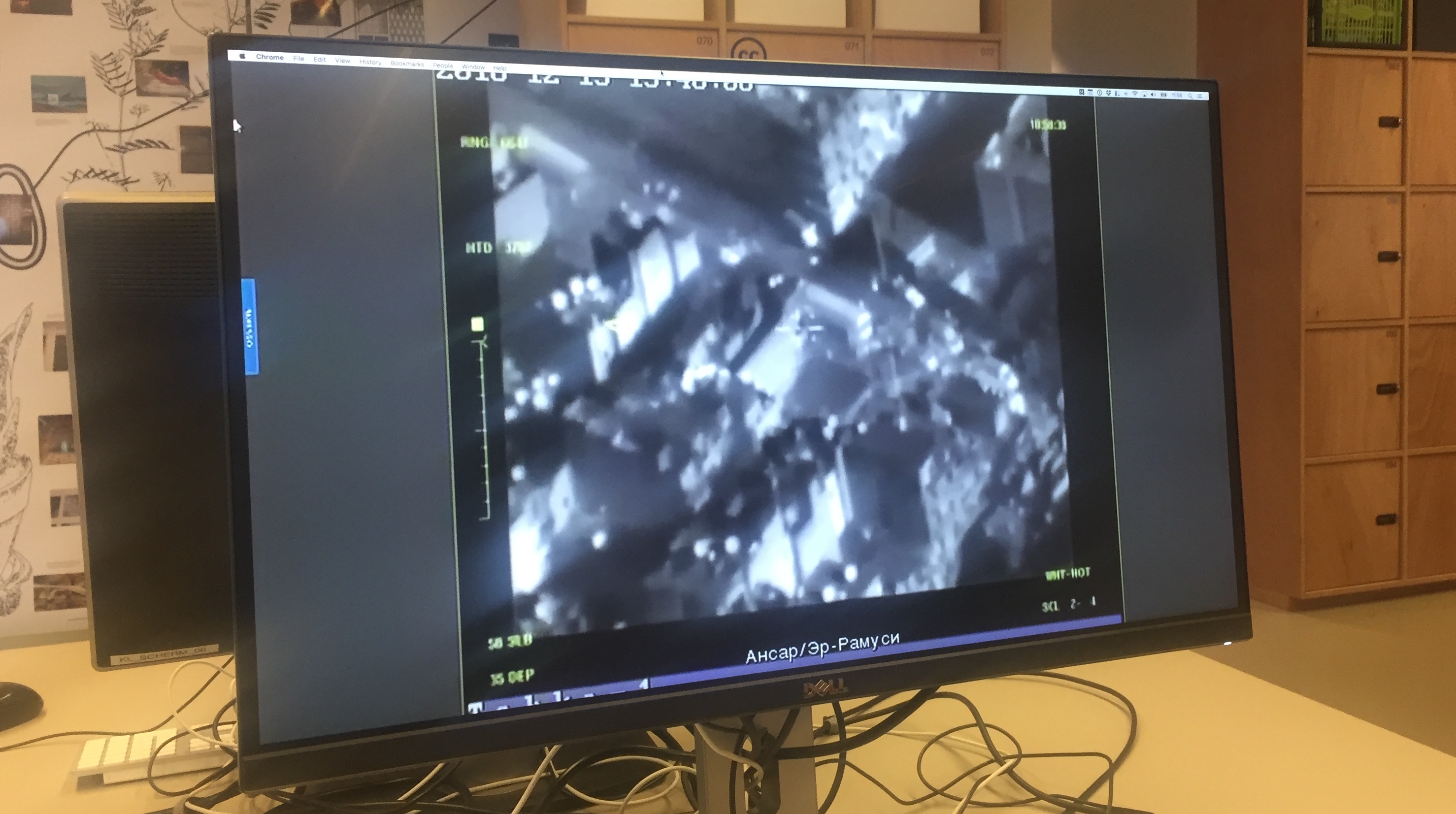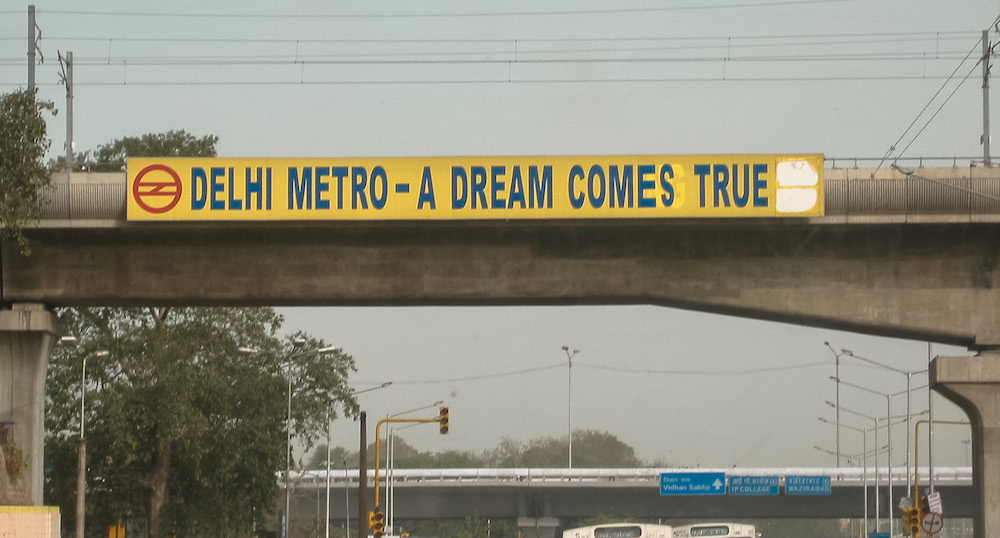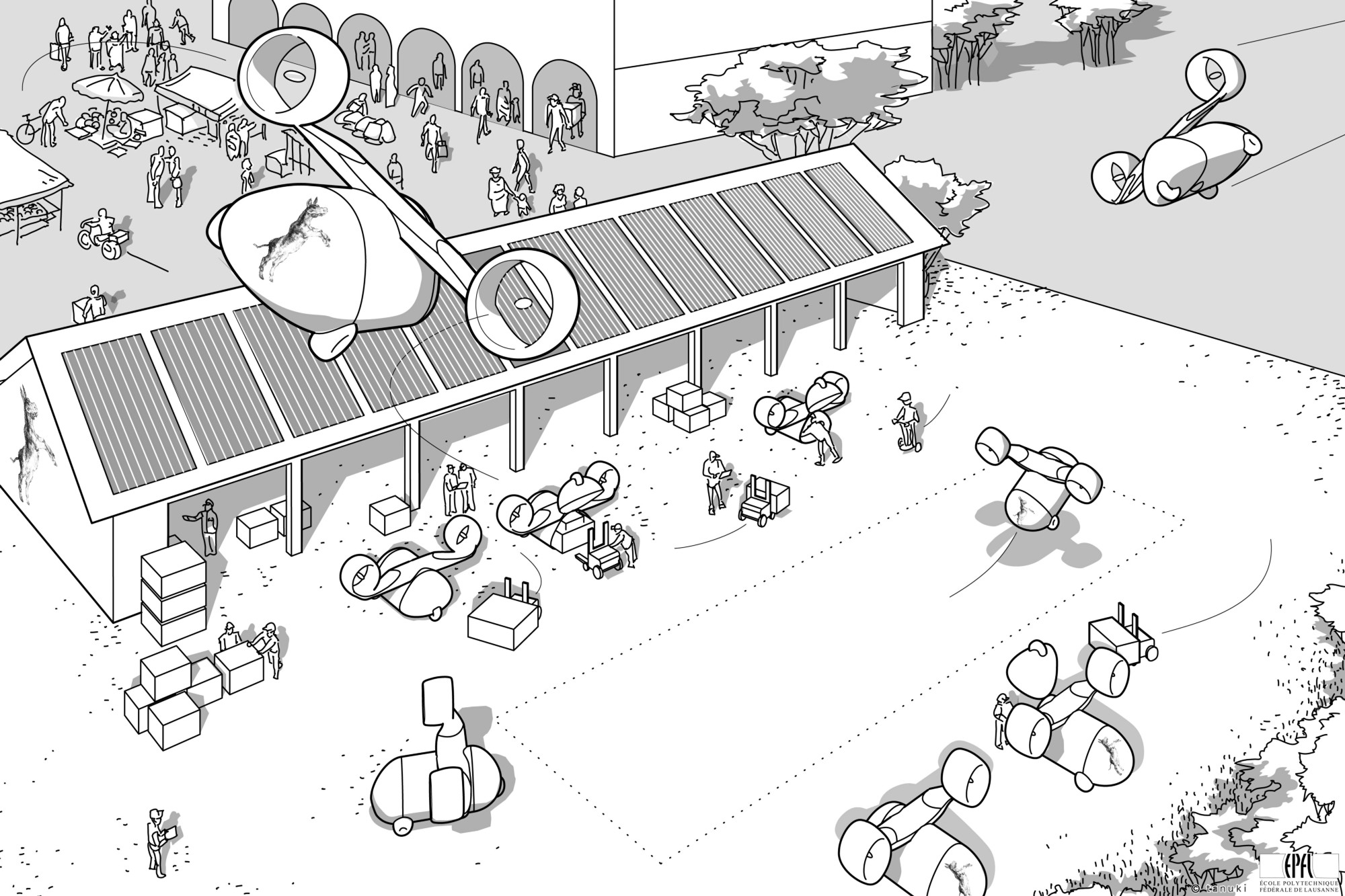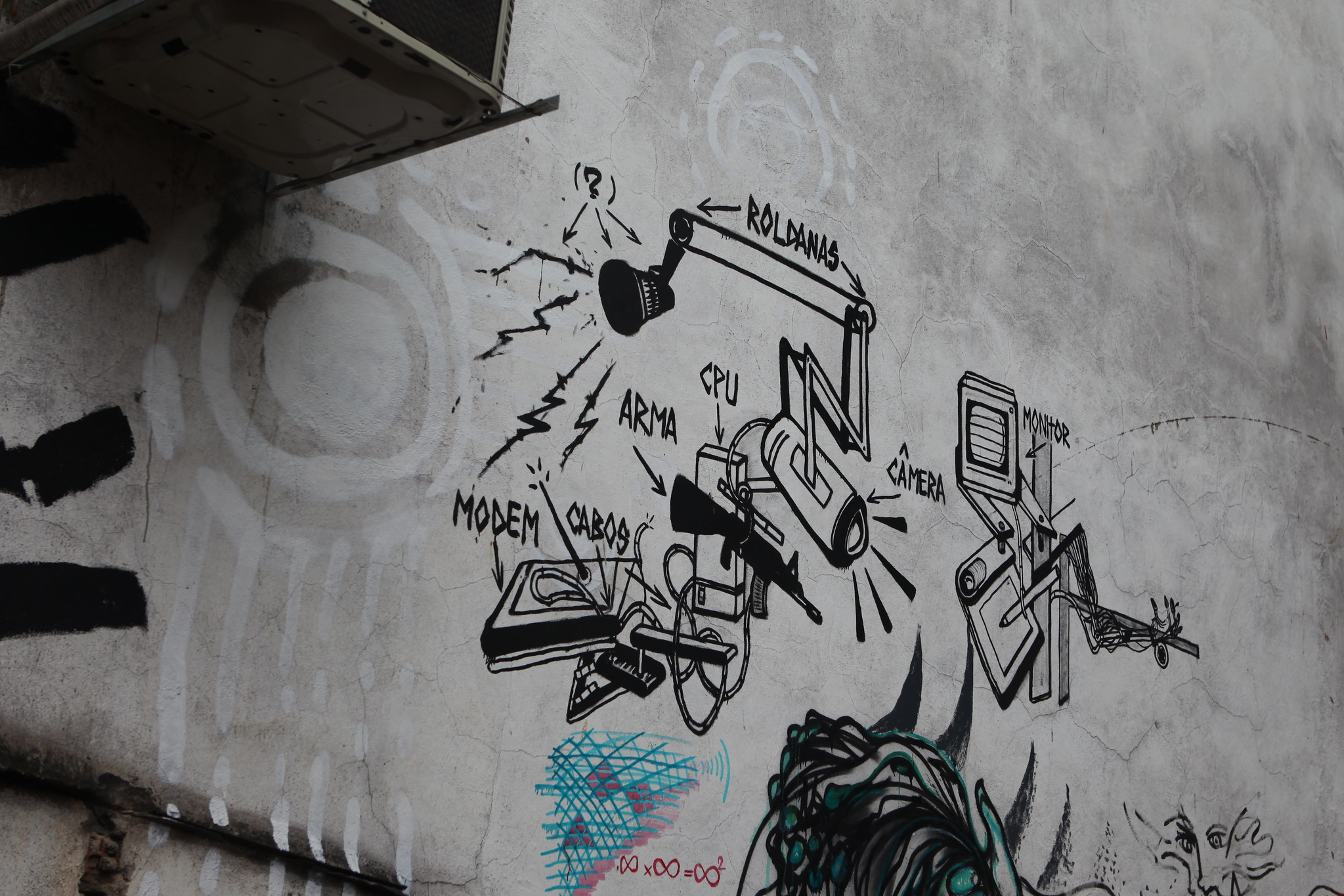In his most recent deezen columnDan Hill provides some much needed perspective on the self driving cars hype. I completely agree with him, that while endlessly fascinating, self driving cars are rather problematic idea. Instead of improving the way personal mobility is organised they primarily attempt to improve a deeply flawed system:
Here we see such companies are not actually interested in genuine change, for all their bluster about “radical disruption”. Self-driving cars are a sticking plaster over existing conditions. They actually reinforce the ‘Californian Ideology’ that underpins today’s mobility problems: suburban sprawl, based around the possibility of lengthy car-based commutes, in turn predicated on a highly individualistic view of society. It is an entirely conservative move. Self-driving cars provide a way of changing the veneer of this system, as no-one is brave enough to suggest changing the system itself. They replace who, or what, is holding the steering wheel, but not the underlying culture that contributes to mass depression, obesity epidemics, climate change and economic crises.
[…] The real way to prevent accidents would be to have fewer cars on the road, not just the same number with different control systems. But is the car industry really going to suggest that? Self-driving cars may move traffic a little more efficiently, but the laws of induced demand suggest that the supply of cars might also increase to counter any such benefits.
The most interesting question arising out of this observation is if this is just short sightedness of the people involved in pushing self driving cars (very much in the way that the first cars were advertised as ‘horseless carriages‘) or if this is a genuine attempt to extend the social acceptance of a failed system:
Few industries could get away with as much blood on their hands as the automobile business does. That we are prepared to expend so many lives – 1.24 million killed each year on the roads, and who knows how many other lives ruined – for the sake of our freedom to drive to work is fairly objectionable.
In his column Hill points to existing alternative to this failed system. Cities designed in such a way that individual car ownership does not make sense:
[…] Yet imagine the possibilities of a city oriented around people living closer to their work and play, and so built around cycling, walking, quality public transport and a massively reduced number of electric cars for individual errands. It doesn’t exactly have the airbrushed sheen of Google X, but it would be a city with a lower carbon footprint, healthier people, safer streets, more frequent social interaction, better air quality, quiet enough to hear conversations, to hear birds and to build lighter, more experimental building envelopes, with a higher economic performance through serendipity, agglomeration, richer mixed-use land use, and with increased citizen engagement in the city itself. The benefits are virtually endless, and few are even addressed by self-driving cars, never mind achieved.
[…] You choose the vehicle fit for your needs at that point, thus reinforcing the idea that mobility is a bespoke, mass-customised on-demand service shared across bike-sharing, public transport, and through shared self-driving cars for those times when you really need one.
For people lucky enough to live in places like Amsterdam this is not something that needs to be imagined. My personal mobility arrangements include pretty much all of the above: two different bikes (depending on what needs to be transported), a car2go account, a uber account, a car rental company around the corner and a yearly subscription for all public transportation in this (admittedly tiny) country.
I have never owned a car and will very likely never own one since proximity of work and home is one of the most important considerations i apply when considering alternative scenarios for the future.
So why am i fascinated by self driving cars then? Firstly because of the technology involved, but also because they are probably nicer (read more predictable) to deal with when cycling in the city. More importantly though, i would expect them to unify the rental-car/car2go/uber/taxi part of my mobility mix at some point. That will probably be to the detriment of the taxi drivers (in the end they are robots replacing manual labour), but should make shared individual mobility more attractive (hopefully to more people outside of my early adopter demographic). In his column Hill suggests pretty much the same:
[…] Folding self-driving systems into car-sharing schemes, as part of a wider rethink about how we live together in cities, however? I could share that vision. So again, what is the real question that suggests self-driving cars are the solution?
